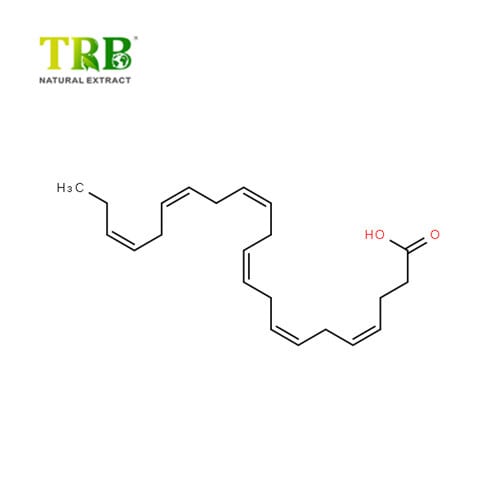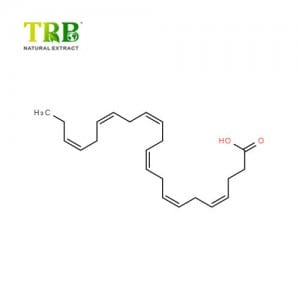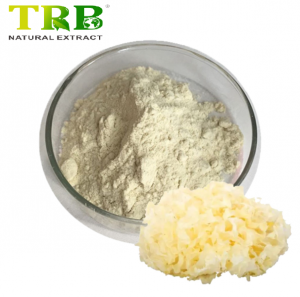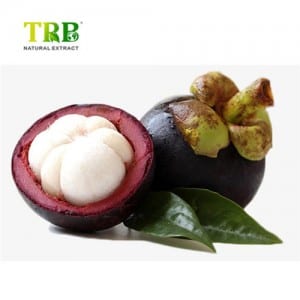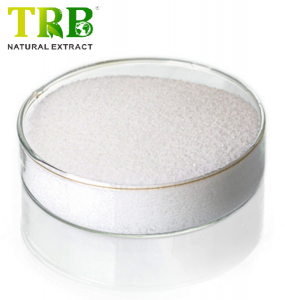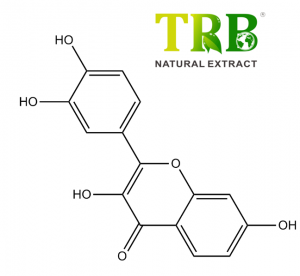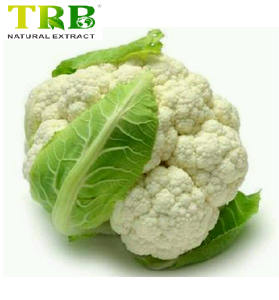We’ve got the most highly developed manufacturing machines, experienced and qualified engineers and workers, acknowledged good quality management systems and also a friendly specialist gross sales team pre/after-sales support for DHA Algae Powder Omega 3, We generally concertrating on creating new creative item to meet request from our clients everywhere in the world. Be a part of us and let’s make driving safer and funnier alongside one another!
We’ve got the most highly developed manufacturing machines, experienced and qualified engineers and workers, acknowledged good quality management systems and also a friendly specialist gross sales team pre/after-sales support for China DHA Algae Powder, Schizochytrium Powder, Our objects have national accreditation requirements for qualified, high quality items, affordable value, was welcomed by people today all over the world. Our goods will continue to enhance within the order and look forward to cooperation with you, Should really any of those products and solutions be of interest to you, be sure to letus know. We’ve been planning to be content to provide you a quotation up on receipt of your detailed needs.
Docosahexaenoic acid (DHA) is an omega3 fatty acid that is a primary structural componentcerebral cortex, skin, sperm, testicles and retina. It can be synthesized from alphalinolenic acid or obtained directly from maternal milk or fish oil.DHA’s structure is a carboxylic acid(~oic acid) with a 22carbon chain and six cis double bonds .the first double bond is located at the third carbon from the omega end.[3] Itstrivial name is cervonic acid, its systematic name is all-cis-docosa-4,7,10,13,16,19-hexa-enoic acid, and its shorthand name is 22:6(n-3) in the nomenclature of fatty acids.
The essential n-3 fatty acid α linolenic acid (C18:3) serves as an energy carrier and precursor for the synthesis ofEPA (C20:5) and DHA (C22:6) into which it is converted by chain elongation and introduction of extra double bonds. EPA is an important component of the phospholipids of cell membranes and lipoproteins. It also serves as a precursor in the synthesis of eicosanoids, which have a regulatory function on tissue hormones. DHA is a structural component in the cell membranes, particularly the nervous tissue of the brain, and plays an important role both for the synapses and the cells of the retina.
The conversion of α-linolenic acid to its long-chain derivatives EPA and DHA may not be sufficient to maintain optimal body functions. The limited conversion is mainly due to a dramatic change in eating habits during the past 150 years, resulting in increased n-6 PUFA intake and concomitant decrease in n-3 LCPUFA
consumption in most industrialized countries. Therefore, the n-6 to n-3 ratio in our diet has changed from 2:1 to about 10 – 20:1. This change accounts for the inadequate biosynthesis of the biologically active n-3 PUFA, EPA, and DHA, as n6 and n 3 PUFA compete for the same desaturase and elongase enzyme systems.EPA-derived eicosanoids affect immunological processes and fulfill anti-inflammatory functions. In addition, n-3 fatty acids have “noneicosanoid” functions attributed to their physical properties. They are able to modify the membrane fluidity, which is of particular relevance in terms of erythrocytes.
Product Name:DHA /Docosahexaenoic acid
Other Name: Cervonic acid, DHA Powder
CAS No:6217-54-5
Molecule Formula: C22H32O2
Molecule Weight: 328.49
Specification:DHA Powder7%, 10%
DHA oil 35%,40%,50%,
Appearance:White to Light Yellow Powder or oil with characteristic odor and taste
GMO Status:GMO Free
Packing: in 25kgs fiber drums
Storage:Keep container unopened in cool, dry place,Keep away from strong light
Shelf Life:24 months from date of production
Function:
–DHA is widely used as a food supplement,it was first used primarily in infant formulas,to promote fetal brain development.
–DHA has the antioxidant and anti-aging function.
–DHA can improve Blood Circulation,and lower blood pressure,it can prevention and cure cerebral thrombosis
–DHA also can reducing blood fat.
Application:
Food products:
The product is suitable for enrichment of basic food products especially dairy-based products.
Dietetic products:
The product is suitable in particular for enrichment of infant formula and maternal nutrition products where is a specific need for DHA supplementation.
